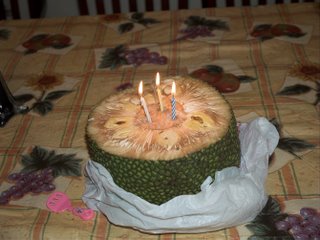
Wife's Birthday 生日
It was my wife’s birthday 太太的生日 and this was her birthday cake, a big thick slice of jackfruit 波羅蜜 with candles. In this second photo you can see what looks like a giant violet that is growing wild in our backyard. Maybe some of you out there can identify it better than I can and let us know. In the third photo you can see another wildflower, my wife celebrating her birthday.
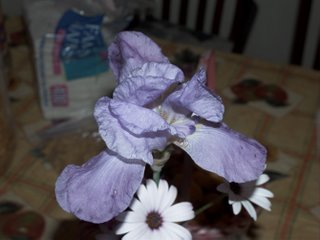 Chinese do not make as big a fuss as Americans, with some exceptions. For one thing, counting can be different. Though they count by the Western system as well, one can be as much as 2 years old at birth. Other things about birthdays can be different. Cards 生日卡 are a good example. They aren’t that common or important, which is nice if you are lazy or forget to send out birthday cards like me.
Chinese do not make as big a fuss as Americans, with some exceptions. For one thing, counting can be different. Though they count by the Western system as well, one can be as much as 2 years old at birth. Other things about birthdays can be different. Cards 生日卡 are a good example. They aren’t that common or important, which is nice if you are lazy or forget to send out birthday cards like me.There are certain birthdays that are more important than others. For example, the 60th birthday or the 1 month birthday are more important than they might be in Western
 culture...well, I guess we don't have a 1 month birthday but I'll talk about that in a future post.
culture...well, I guess we don't have a 1 month birthday but I'll talk about that in a future post.On a personal note though, I just do not understand my family’s taste for ice cream cakes 冰淇淋蛋糕. It seems that everyone I have ever been related to likes ice cream cakes and I don’t! I’m a purist. It’s either ice cream (preferably pumpkin, rose, banana or French vanilla) or cake that isn’t too sweet, not both. But since my birthday isn't coming up for a while, that isn't going to be an issue.

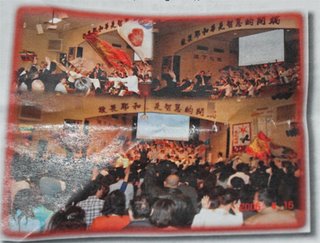
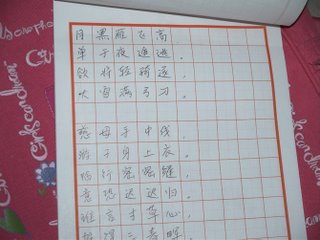
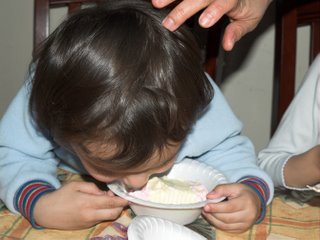
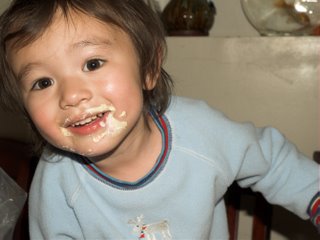
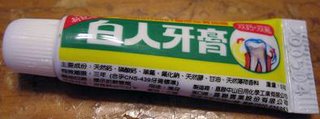
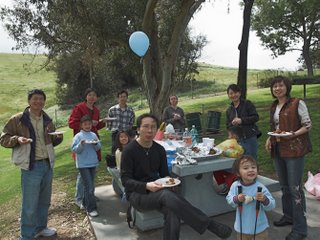
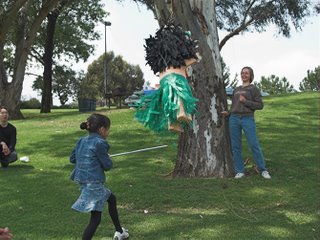
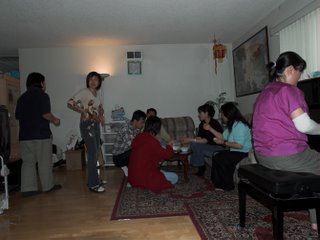

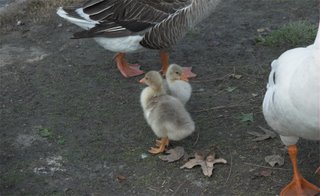
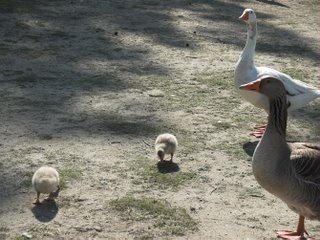
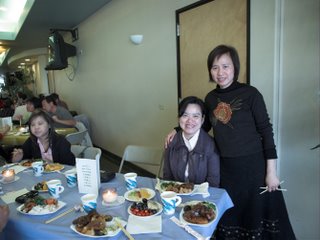
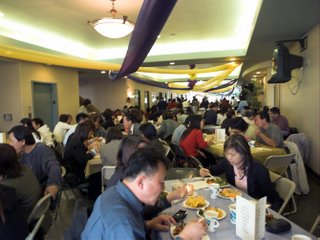
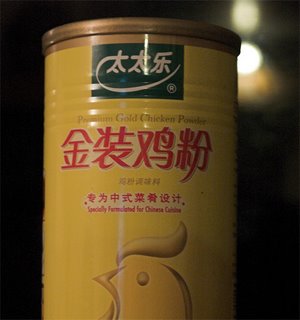
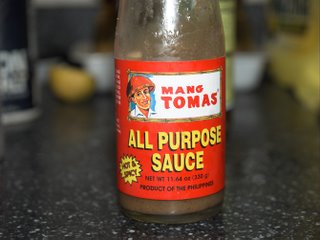
 Food Fights: A Difference in Chinese and American Views of Food 中國菜與美國菜: 不同的看法
Food Fights: A Difference in Chinese and American Views of Food 中國菜與美國菜: 不同的看法


